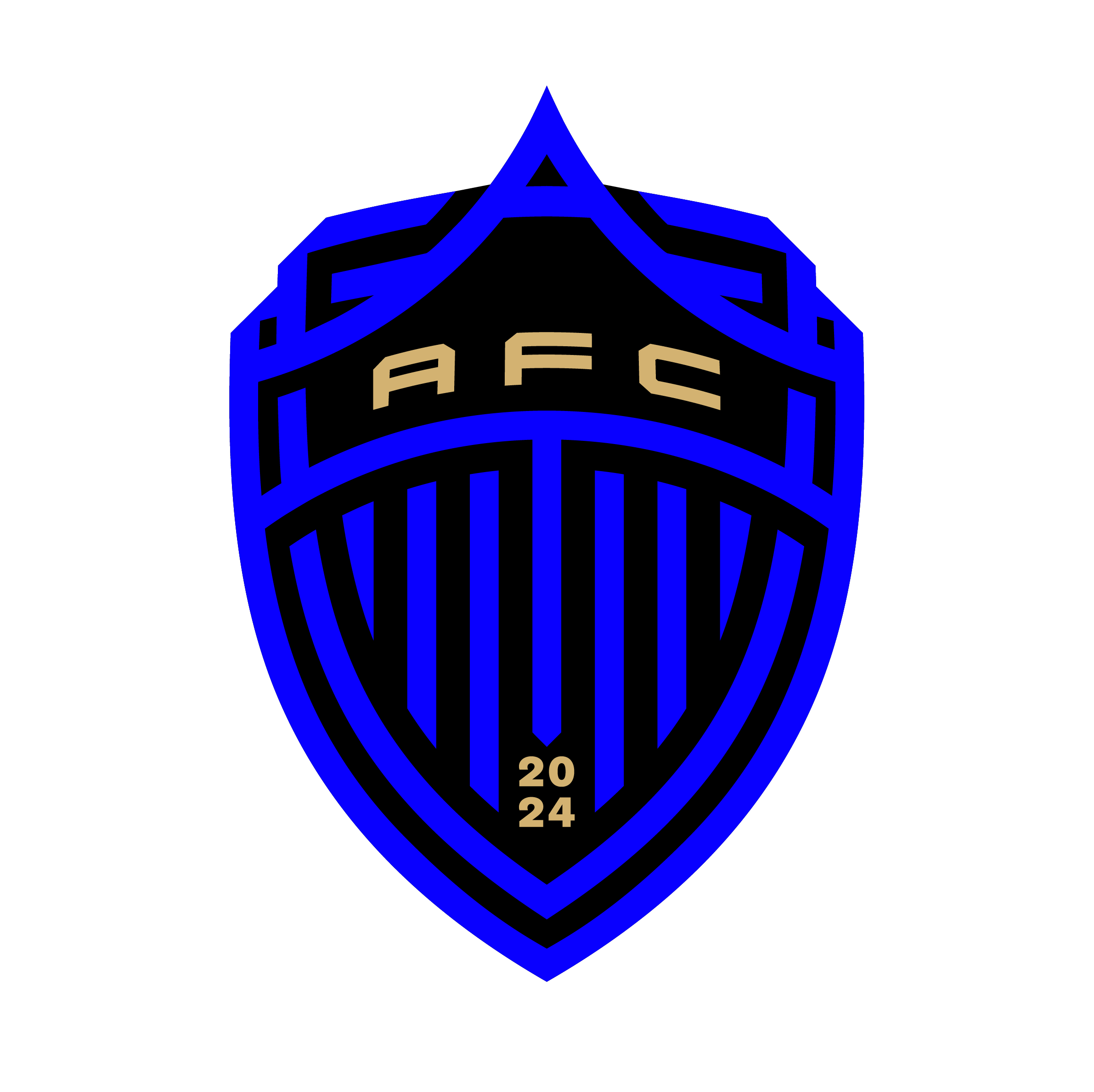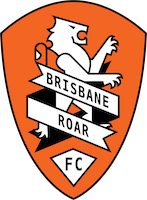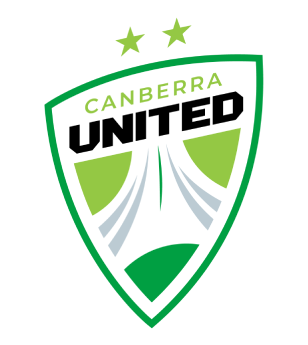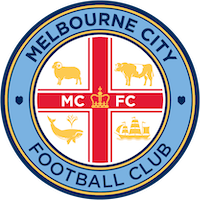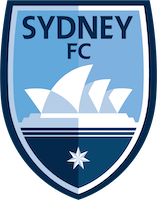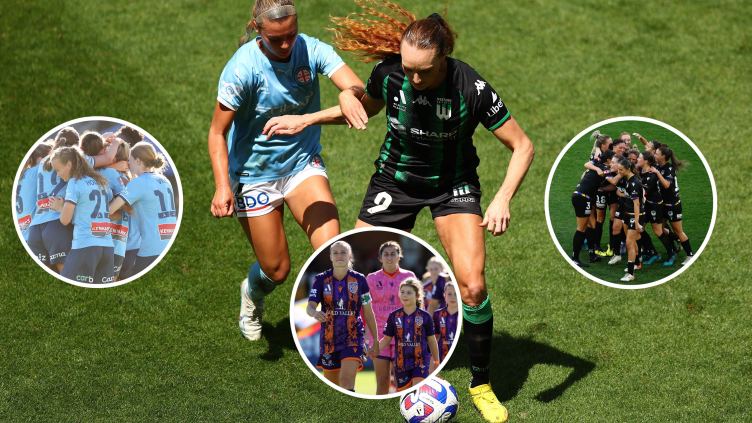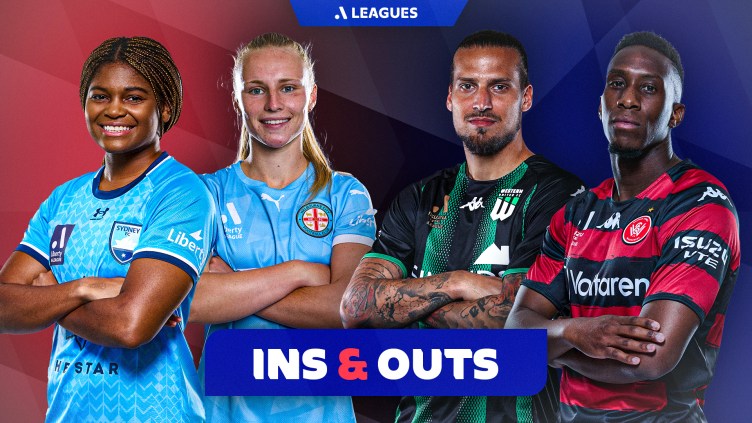Get in the finals and anything can happen – Rhali Dobson knows why it is the premiers rarely win the Grand Final.
It sounds bizarre but imagine a long distance run with two finishing lines – both quite close together – and every contestant has to stop at the first, and race for the second together.
In athletics this would never be allowed clearly, but it’s the easiest way of starting to explain why the Liberty A-League finals are so incredibly open.
In the past 10 years of the competition, the team that come first have only twice gone on to win the Grand Final – and the team that finish second never have. Welcome to the mini-league where genuinely any team can have legitimate aspirations to win it.
No wonder teams fight tooth and nail to make the top four, because that’s the point at which all bets are off. The finals positions are not remotely settled this year and when you get a little bit of momentum, like Perth and Canberra have in the past few weeks, suddenly making the play-offs is a very real proposition.
As is becoming champions, and to understand why you have to go back to the start of pre- season, when coaches are building their squads and planning their campaigns. Some years a club will opt to bring in established names, particularly those who’ve been playing overseas, but the likelihood is that they will only arrive on the eve of the season.
The year I moved from Newcastle to Melbourne City was a case in point. Alana Kennedy and Ash Hatch arrived on loan from the United States just before the season started; then Jodie Taylor and Avi Luik came in after four rounds.
The reinforcements were well timed because we had won only two games in five at the start of the season. In a competition as short as the W-League was then, you simply can’t afford to start slowly and have any aspirations to finish top.
What you can do, though, is charge kicking and screaming into the finals once you have a head of steam up. Three wins and a draw dragged us into the finals in fourth and by then we felt ready to mug anyone. We did it to Brisbane Roar in the semi-final, in stifling humidity, and then we did it to Sydney FC, on their home turf, in the final.
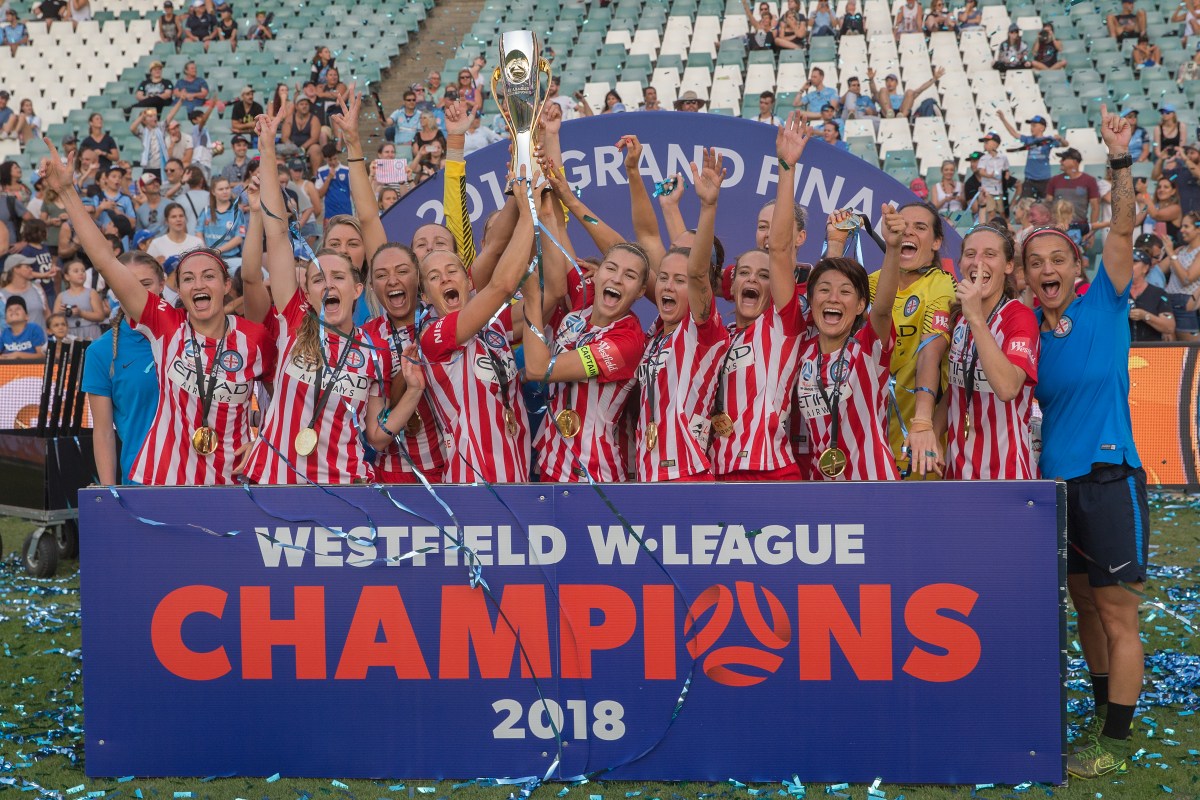
The finals are a demanding spotlight. Players have to own the occasion; coaches have to make hard choices. At City that year we had big personalities, including our coach, Patrick Kisnorbo; at certain points in the year there were “honest” conversations in the dressing room, which always ultimately made us better and stronger. In the final every player won their personal duels and for some reason it always felt like we were going to win.
When PK moved across to the men’s team at the end of that season, we had a difficult year under Rado Vidosic. What I think he learnt from that was ensuring that a core of players the season after knew each other well and had played together for much of the year.
That was a strange campaign; I’ve written here before about going through a season unbeaten (in fact dropping only two points) but not adoring the experience. In a dressing room that was very professional and not very clubbable, we were ruthless in topping the table and winning the finals.
This is what makes this year so fascinating. Western United have come from nowhere, apparently a brand new team, to top the table. It’s entirely because they have effectively taken a core of players from Calder United, in Victoria’s NPLW, and a coach in Mark Torcaso who knows them so well.
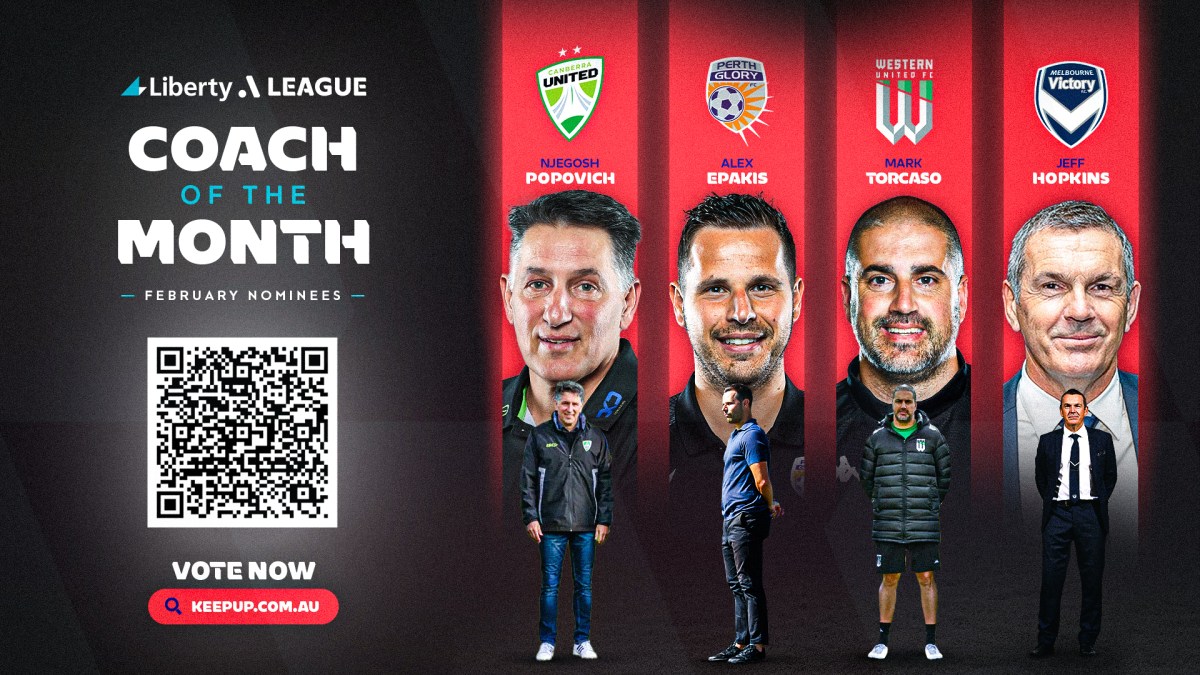
Torcaso has added some star power to the consistency and rhythm you’d expect and the result is a team sitting top. But when the finals come, the coach and a number of players will be in uncharted territory at this level.
That’s why this year’s finals are anyone’s game, whoever gets there. Anyone can win… and anyone can wilt.

